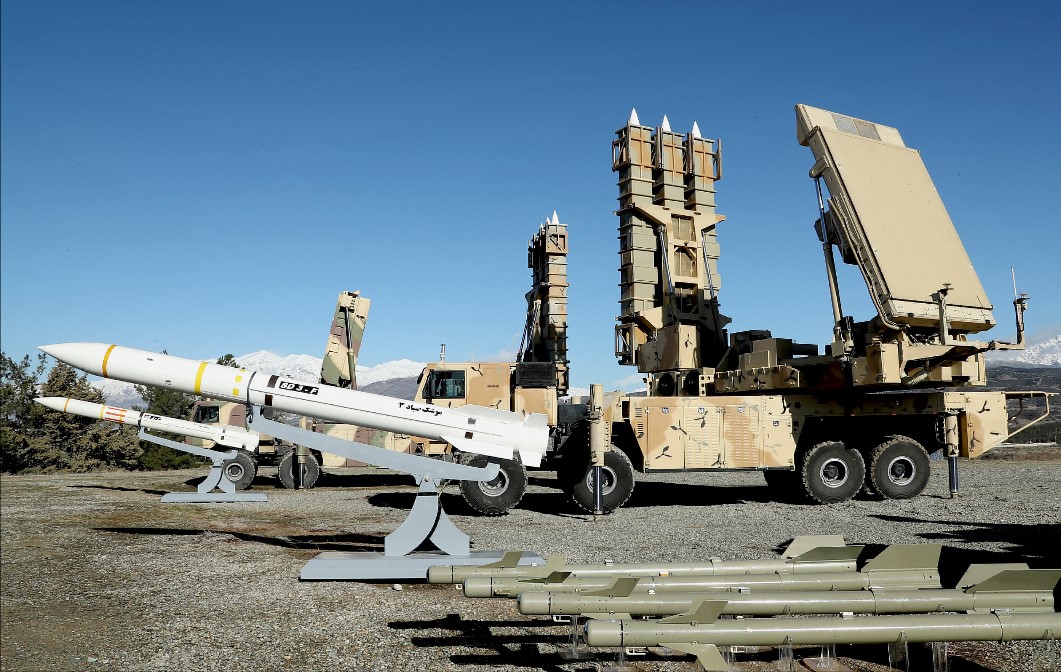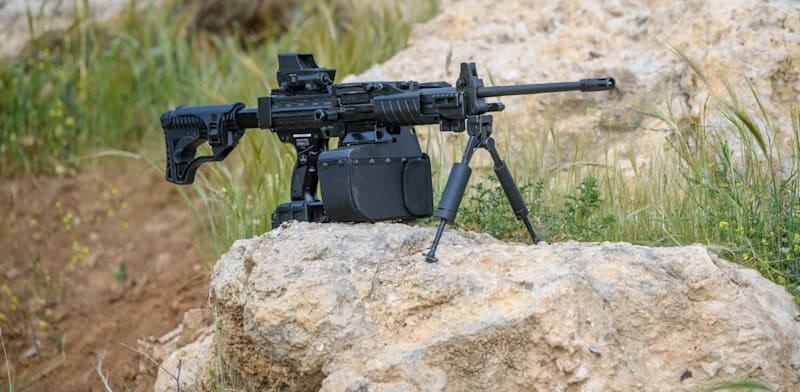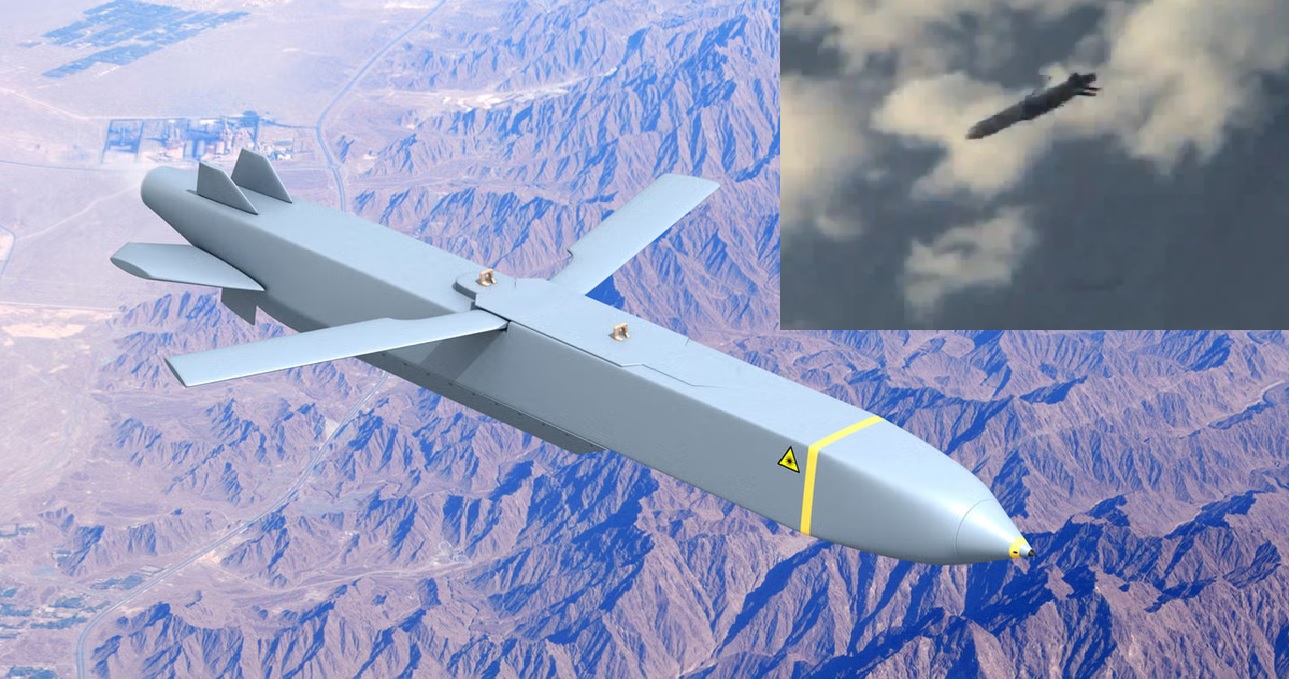Iran Advances Its Air Defense Capabilities with the New AD-120 Missile System

Iran has made significant strides in enhancing its air defense systems, with the introduction of the AD-120 surface-to-air missile system. This new development reflects the country’s ongoing efforts to bolster its military capabilities amid regional tensions and international sanctions. The AD-120 is designed to counter a wide array of aerial threats, including advanced fighter jets, unmanned aerial vehicles (UAVs), and helicopters, making it a crucial asset for Iran's defense strategy.
The AD-120 missile system is characterized by its high-altitude and long-range interception capabilities. With a maximum operational range of 120 kilometers, the missile can engage threats from a considerable distance, providing a robust defense layer for Iranian airspace. Its operational versatility is further underscored by a minimum engagement range of just 7 kilometers, allowing it to respond effectively to threats that approach closely. Capable of reaching altitudes of up to 27 kilometers, the AD-120 excels in intercepting high-flying aerial vehicles, including reconnaissance and attack drones that pose significant risks.
At the heart of the AD-120 system is an advanced suite of radar technologies. The AD-120 SR (Search Radar) is responsible for long-range target acquisition, detecting potential threats well before they reach Iranian airspace. This radar is complemented by the AD-120 TIR (Tracker and Illuminator Radar), which uses a sophisticated mono-pulse system to provide precise tracking and guidance for missiles during engagements. This combination ensures that the AD-120 can effectively respond to fast-moving and highly maneuverable targets, a critical requirement in modern aerial warfare.
The missile itself is designed with a diameter of 400 mm and a total weight of 995 kg, featuring a 90 kg warhead capable of both impact and proximity detonation. This robust design ensures the missile can deliver significant firepower to neutralize various threats. The guidance system of the AD-120 incorporates advanced technologies, including inertial navigation complemented by data link updates and semi-active and active radar homing capabilities. Such sophisticated guidance ensures high precision in intercepting targets, even in challenging operational environments.
Iran's push for advanced air defense capabilities, exemplified by the AD-120, has its roots in the country's historical context. Following the 1979 Islamic Revolution and the subsequent Iran-Iraq War, Iran faced severe international embargoes that severely limited its ability to acquire advanced military hardware from abroad. This isolation prompted a shift toward self-reliance, leading to the establishment of a domestic defense industry capable of designing and manufacturing various military systems. Over the years, Iranian engineers and scientists have focused on reverse-engineering existing technologies and developing new systems, a journey that has led to significant advancements in air defense.
In earlier years, Iran relied heavily on Western air defense systems, particularly from the United States. However, after the revolution, the imposition of arms embargoes forced Iran to either repurpose existing systems or innovate new ones. For example, the reverse-engineered Mersad air defense system emerged as an improved version of the American HAWK missile system, showcasing Iran's capability to produce medium-range air defense solutions. The strategic focus on indigenous production gained momentum during the Iran-Iraq War, pushing Iran to establish military production facilities and research centers dedicated to developing homegrown defense technologies.
The evolution of Iran's air defense capabilities is further illustrated by the development of advanced systems such as the Bavar-373, which was revealed in 2019 as a response to the Russian S-300 air defense system. The Bavar-373's ability to engage multiple targets simultaneously at long ranges indicates a significant leap in Iran's technological prowess in radar and missile guidance systems. Similarly, mobile air defense platforms like the Khordad-3 have demonstrated Iran's capacity to adapt and respond to modern aerial threats effectively.
As Iran continues to enhance its air defense technologies, the integration of systems like the AD-120 represents a crucial step in securing its airspace against a variety of threats. The development of such sophisticated systems reflects Iran's growing expertise in missile technology and radar integration, positioning the country as a key player in the defense landscape of the Middle East. The AD-120's unveiling underscores Iran's commitment to advancing its military capabilities despite external pressures and showcases its strategic intent to maintain a robust defense posture.
In conclusion, the AD-120 surface-to-air missile system marks a significant advancement in Iran's air defense capabilities. Its sophisticated technology, combined with Iran's historical drive for self-sufficiency in defense production, positions the country to meet contemporary aerial threats effectively. As regional dynamics evolve, the ongoing development of advanced systems like the AD-120 will play a pivotal role in Iran's ability to protect its sovereignty and influence in the region.


